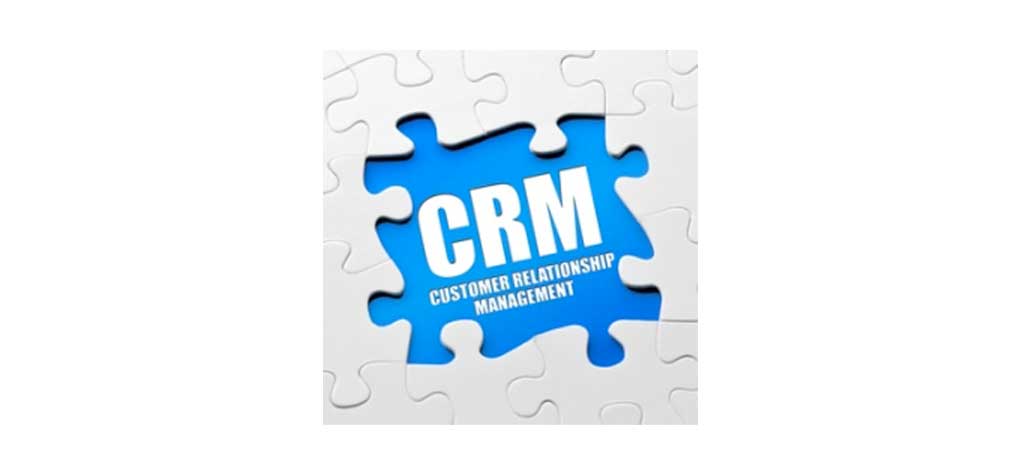The Art of Customer Relationship Management
 Spreadsheets, word documents and endless notepads. Alone, there is nothing bad about these things. But, when they are used to keep track of customers and their activity, businesses lose out on client-development opportunities.
Spreadsheets, word documents and endless notepads. Alone, there is nothing bad about these things. But, when they are used to keep track of customers and their activity, businesses lose out on client-development opportunities.
While you may have a long-history of managing customers through sheets of paper and your memory, there is a more effective way. Customer relationship management systems (CRMs) provide a seamless solution for managing clients.
Think of it this way: with multiple staff members handling customer relations, such as calling about new promotions, what if there is a miscommunication and your customer gets three phone calls? What if you know that the customer doesn’t like to be called around a certain time of day, but your staff is not aware and they upset a valued client?
While these are extremely simplified examples, you get the idea. Customer Relationship Management programs help to manage sales and marketing tactics by creating client profiles that track activity, interactions and preferences. CRMs allow you to decrease clutter and streamline customer relations.
Not only can you manage existing customers but you can track leads with CRMs and gauge their viability. You can use your databases as a way to establish customer groups to focus audiences or execute email marketing and mobile marketing campaigns. CRM information can also be used for research and reporting.
In addition, if you have multiple departments working with a client, they can track interactions to avoid discrepancies in communication, which could be hazardous for the relationship. Sales staff can insert personal information into the CRM about the client’s favorite wine or their kid’s activities to plug in future conversations. Also, with staff turnover, new members of your team won’t miss a beat in customer relations.
How could a CRM benefit you?
Tags
Apparel business growth business operations Business Services Communication Compliance Content Creation Content Marketing CRM Customer Service Customer Support Custom Print Custom Solutions data e-commerce Ecommerce Email Email Marketing Solutions Google Graphic Design kpi Marketing Messages Marketing Strategies Mobile Applications Online Security Partner planning PPC Press Releases printing format Print Shop Project Management Sales SEO Shopify Small Business Social Media strategy tracking Web Design Website Management Wordpress Zoho Zoho Vault
